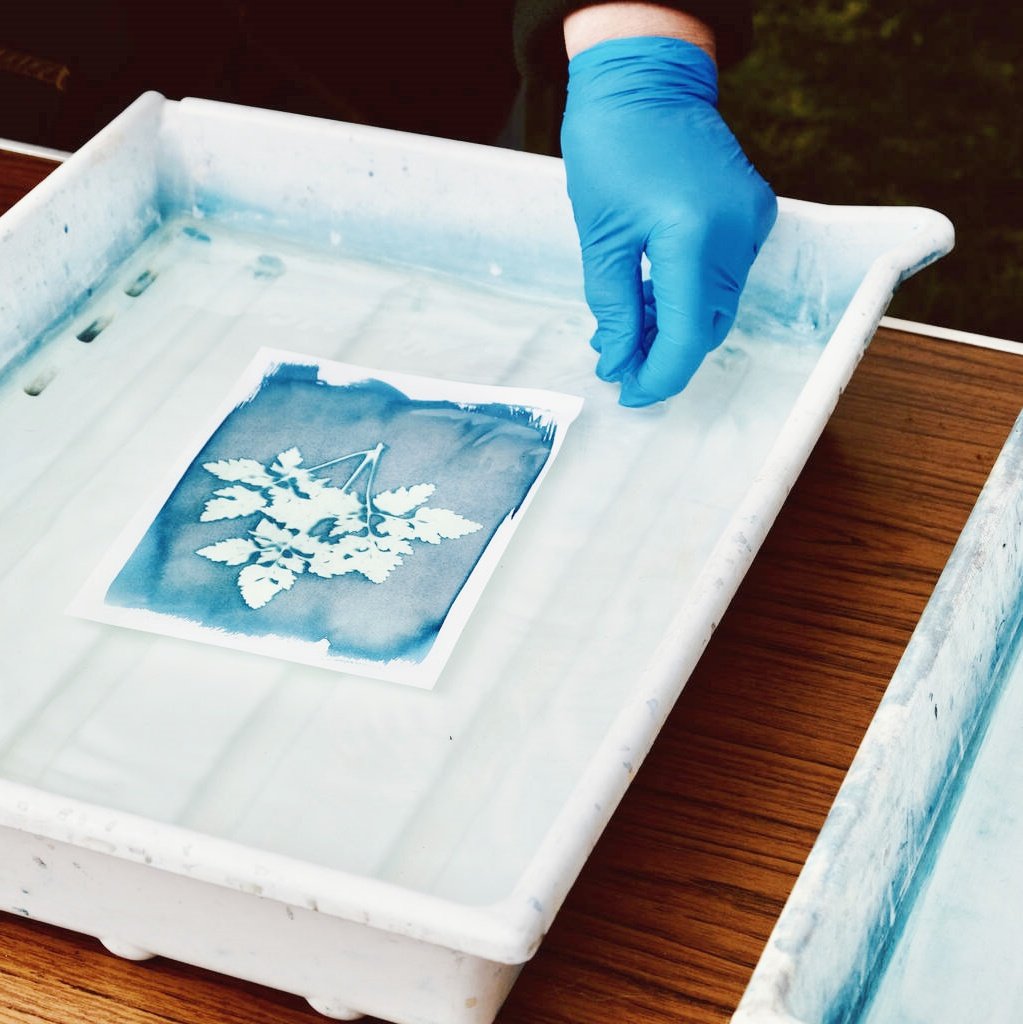Considering the Environmental Aspect, Which is More Eco-Friendly: Plastisol Ink or Water-Based Ink?
In today’s era of increasing emphasis on sustainable development, environmental protection has become an indispensable issue across industries. For the printing industry, choosing eco-friendly ink materials is crucial to reducing environmental pollution and protecting the ecosystem. This article delves into the environmental performance differences between Plastisol Ink, particularly Wilflex Plastisol Ink, and water-based ink from an environmental perspective, helping you make an informed decision.
I. Overview of Plastisol Ink and Its Environmental Characteristics
Introduction to Plastisol Ink
Plastisol Ink, also known as plasticizer-solvent ink, is a type of ink widely used in screen printing. Based on polyvinyl chloride (PVC) resin, it is mixed with pigments, plasticizers, and other additives to produce vibrant colors, strong weather resistance, and excellent coverage. Wilflex Plastisol Ink, as a renowned brand in this field, is recognized for its superior quality and stability.
Environmental Characteristics Analysis
Volatile Organic Compound (VOC) Emissions: Compared to traditional solvent-based inks, Plastisol Ink emits fewer VOCs during curing. However, it’s important to note that while VOC emissions are lower, completely VOC-free ink materials are still rare, including Plastisol Ink.
Recyclability and Reuse: The film formed by cured Plastisol Ink is somewhat resilient and durable, allowing for potential recycling and reuse in certain applications. Nevertheless, the process may involve complex technologies and costs.
Environmental Impact: The PVC component in Plastisol Ink degrades slowly in the natural environment, potentially causing long-term impacts. Additionally, raw material extraction and processing during ink production can also have environmental implications.
II. The Environmental Advantages of Water-Based Ink
Introduction to Water-Based Ink
Water-based ink uses water as the solvent or dispersion medium, combined with pigments, resins, and additives. It is favored in the printing industry due to its low VOC emissions, ease of cleaning, and superior environmental performance.
Environmental Advantages Comparison
Low VOC Emissions: Water-based ink’s most significant advantage is its minimal VOC emissions, nearly achieving zero emissions, significantly reducing air pollution.
Biodegradability: The main components of water-based ink are biodegradable, making it environmentally friendly and reducing long-term waste hazards.
Energy Saving and Emission Reduction: The drying process of water-based ink is relatively simple, consuming less energy and reducing harmful gas emissions, contributing to green printing.
III. Detailed Comparison of Plastisol Ink vs. Water-Based Ink in Environmental Performance
1. VOC Emissions
- Plastisol Ink: While emissions are low, VOCs are still present.
- Water-Based Ink: Nearly zero VOC emissions, offering superior environmental performance.
2. Recyclability and Reuse
- Plastisol Ink: Has some recycling potential but involves complex and costly operations.
- Water-Based Ink: Waste disposal is relatively straightforward, facilitating recycling.
3. Environmental Impact
- Plastisol Ink: PVC components degrade slowly, potentially causing long-term environmental impacts.
- Water-Based Ink: Highly biodegradable, minimizing environmental harm.
4. Production and Use Costs
- Plastisol Ink: Initial investment may be lower, but long-term environmental costs and recycling expenses must be considered.
- Water-Based Ink: Higher initial investment, but long-term environmental benefits and lower operating costs.
IV. Practical Application Scenarios and Selection Suggestions
In practical applications, choosing between Plastisol Ink and water-based ink requires comprehensive consideration of specific needs and environmental factors. For products requiring high color saturation and weather resistance, such as outdoor billboards and sportswear, Plastisol Ink may be more suitable. However, for projects emphasizing environmental performance and sustainability, like food packaging and children’s toys, water-based ink becomes the preferred choice.
Conclusion
From an environmental perspective, water-based ink excels in VOC emissions, biodegradability, and energy-saving emission reduction, making it the more eco-friendly ink option. While Plastisol Ink remains irreplaceable in certain applications, there is still room for improvement in its environmental performance. Therefore, while pursuing economic benefits, we must also prioritize environmental responsibility, actively promoting and using eco-friendly ink materials to jointly protect our planet.



